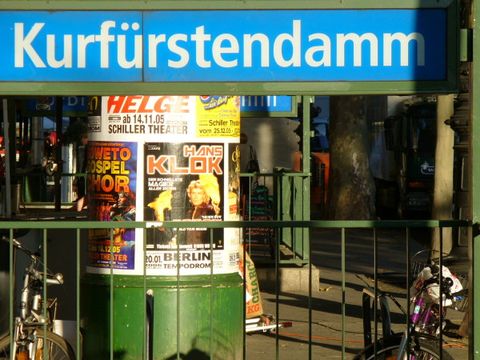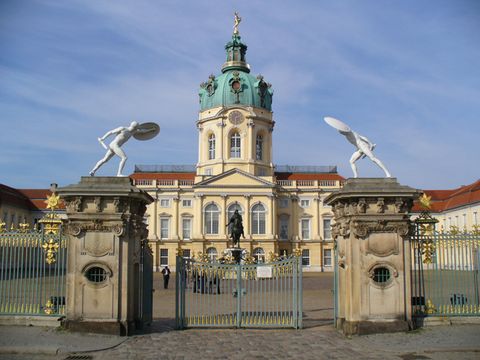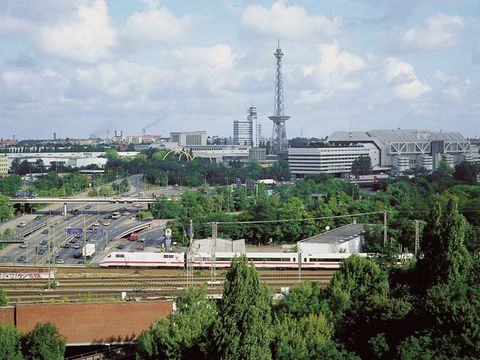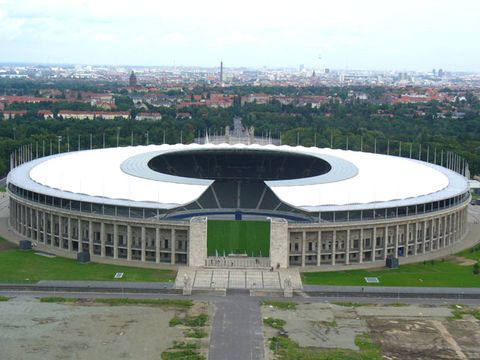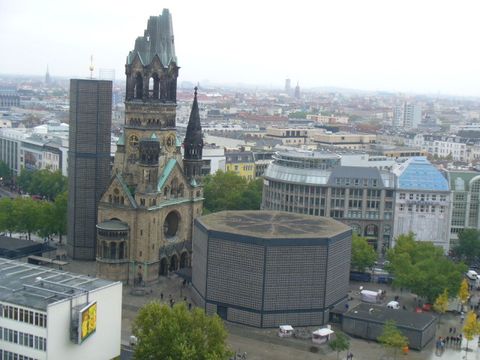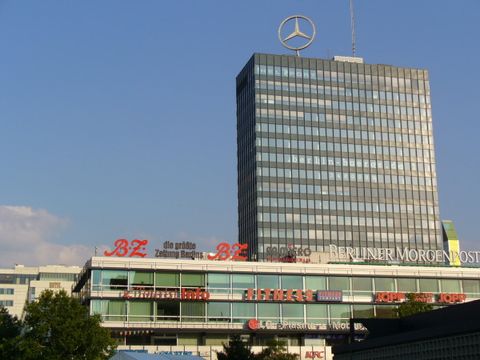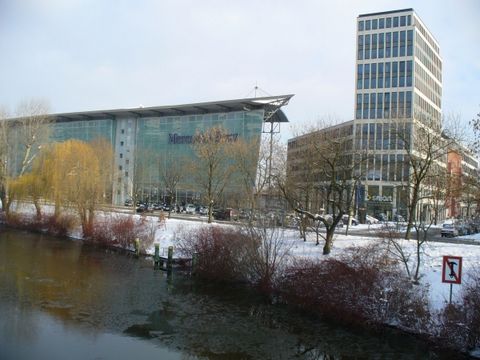On 1 January 2001 the former Berlin districts of Charlottenburg and Wilmersdorf were combined to form the new Charlottenburg-Wilmersdorf district with some 315,00 0 inhabitants. This is the city district of Berlin’s west with the Kurfürstendamm as the vibrant centre. But the district has far more to offer from the Gedächtniskirche to the Teufelsberg, from Havelstrand to the Technical University, from the Olympic Stadium to the Horst-Dohm Ice Stadium, from Charlottenburg Palace to the Volkspark Wilmersdorf, from the German Opera to the Schaubühne, etc.
Current language: English
Charlottenburg-Wilmersdorf – the city district of Berlin’s west
Kontakt
Public transportation
-
Underground
-
Bus
-
U Richard-Wagner-Platz
- M45
- N7
-
U Richard-Wagner-Platz


 German Sign language
German Sign language Easy language
Easy language